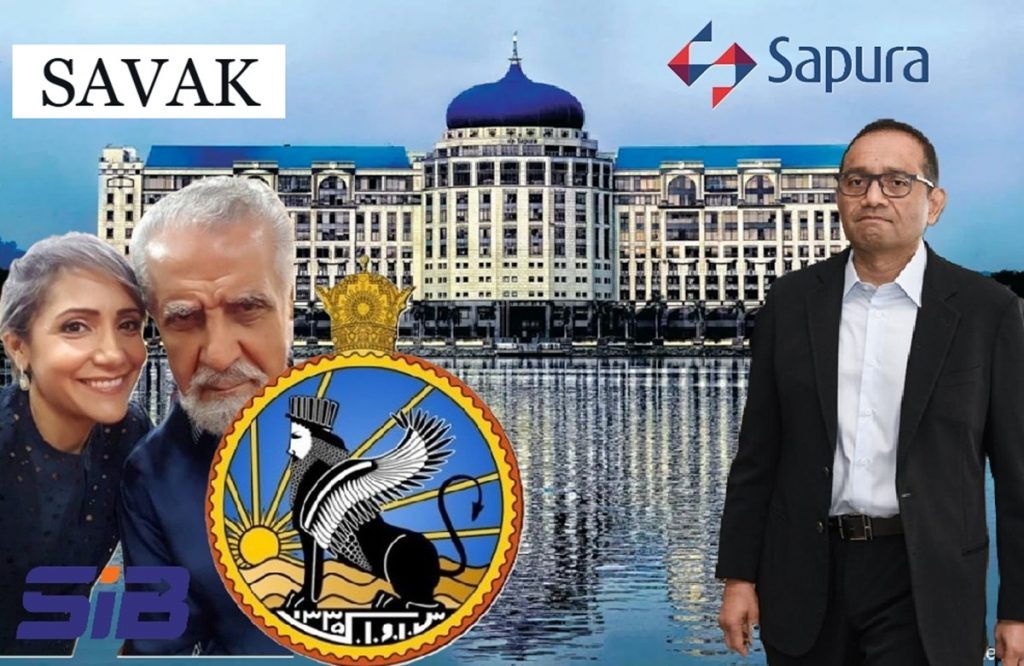
The Corporate Secret first reported alleged abuse of power by Dato’ Shahriman Shamsuddin, said to be influenced by foreign agents including Arab-Iranian Syed Haroon bin Omar Alshatrie and Puan Sri Mariam Parineh Nariman — the new Iranian-American wife of Sapura’s founder, Tan Sri Shamsuddin. These actors are allegedly working to dismantle Sapura Resources and Sapura Holdings Sdn Bhd from within.
There are growing signs that external actors are exploiting internal tensions within the Shamsuddin family — particularly between brothers Tan Sri Shahril and Dato’ Shahriman — to take control of the Sapura Group. Syed Haroon is reported to have misguided Shahriman, leading to questionable decisions in the Explorer Group Sdn Bhd and RoyalJet projects.
One controversial move is Dato’ Shahriman’s attempt to dissolve Sapura Holdings Sdn Bhd — the parent entity of more than 40 subsidiaries — through legal proceedings. This, critics say, is part of a broader strategy to fracture and weaken the group.
Among Sapura’s most vital subsidiaries is Sapura Secured Technologies Sdn Bhd (SST), which plays a key role in Malaysia’s defense and internal security sector. With over two decades of experience, SST provides critical solutions including tactical communication systems, command and control (C2) infrastructure, simulation systems, and border surveillance technology featuring high-resolution CCTV and advanced monitoring systems.
Key Government Projects by SST:
1. Government Integrated Radio Network (GIRN) – A secure TETRA-based radio communication system linking 10 key government agencies.

2. Network Centric Operations (NCO) – A unified command and control platform for the Malaysian Armed Forces (ATM), integrating army, navy, and air force operations. Phase 1A alone cost around RM2 billion.
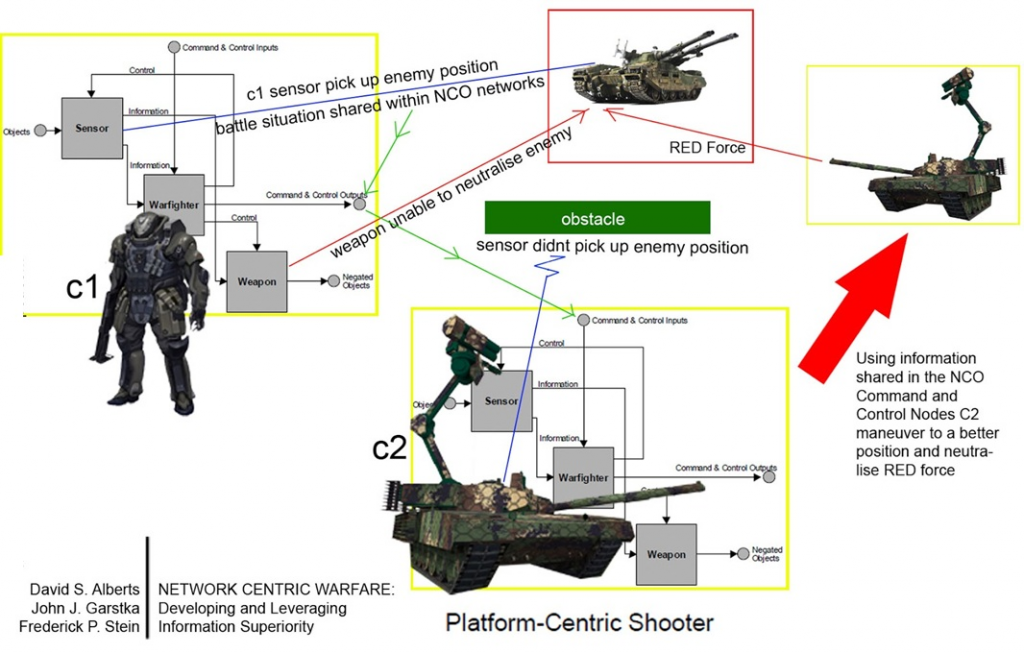
3. Critical Mission Broadband – Introduced at LIMA 2023, this platform ensures high-capacity, secure communication for public safety and emergency response agencies.

4. AI-based Surveillance with Velum Labs – Uses edge computing and locally encrypted AI algorithms to safeguard national security and cybersecurity.
5. Strategic Partnership with Aselsan (Turkey) – A collaboration involving joint development of SDR (software-defined radio), AI solutions, and cybersecurity systems, supporting Malaysia’s defense sovereignty.
From oil and gas to defense technology, Sapura holds strategic national assets — making it a prime target.
WHY DOES PUAN SRI MARIAM PARINEH ALLEGEDLY SEEK TO UNDERMINE TAN SRI SHAHRIL?

Mariam Parineh reportedly “captured” the attention of Sapura founder Tan Sri Shamsuddin, hoping to seize control of the Sapura empire. However, the bulk of Sapura’s assets had already been transferred to his sons, Shahril and Shahriman. With Shahriman being a close ally of Mariam, she allegedly turned to influencing him as a proxy to weaken the group.
In fact, Tan Sri Shamsuddin’s previous lawsuit against his two sons to reclaim RM450 million in assets is believed to have been driven by Mariam’s instigation.
Mariam’s first major victory came in Sapura Industrial Berhad (formerly Sapura Motor). On 26 July 2022, Tan Sri Shamsuddin transferred all his shares in SIB to Mariam. She now sits on the Board as Executive Vice Chairperson (as of 1 May 2025).

Through SAK Asset Ventures Sdn Bhd, Mariam holds a 28% stake in SIB and exerts full control. In April 2025, the company rebranded itself with a new corporate identity, signaling a complete split from the Sapura Group. The Managing Director publicly declared that SIB now operates independently, with no shared ownership or board affiliation with the Sapura Group.
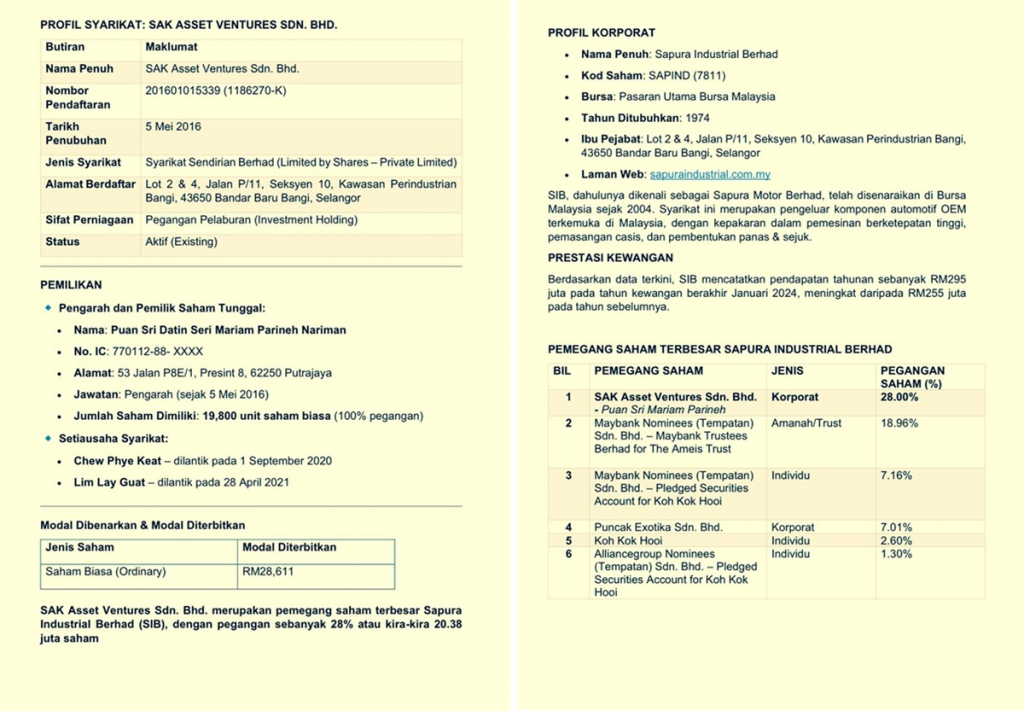
Only one obstacle remains: Tan Sri Shahril Shamsuddin. Unable to control Sapura Holdings directly, Mariam has allegedly turned to using Dato’ Shahriman as her tool of influence.
WHO IS MARIAM PARINEH?

Mariam is an American citizen of Iranian origin and founder of VivaValet, a Chicago-based tech company providing services for senior citizens. Before her entry into Sapura, she served as Managing Director of Value Image Sdn Bhd.
Her public social media shows outspoken liberal views. A post dated 16 November 2018 on X (formerly Twitter) shows her promoting a video featuring LGBTQ themes during the U.S. election season, openly criticizing then-President Donald Trump.

HER SAVAK LINEAGE: A DANGEROUS FOREIGN LINK?
Mariam was born in Iran but became an American citizen before acquiring Malaysian permanent residency (MyPR) after marrying Tan Sri Shamsuddin. Intelligence sources suggest her father was a former member of SAVAK, the Shah-era Iranian intelligence agency known as Sazeman-e Ettela’at va Amniyat-e Keshvar.

KEY FACTS ABOUT SAVAK:
| Item | Description |
| Established | 1957 with CIA and Mossad support |
| Function | Political surveillance, media censorship, and suppression of dissent |
| Notoriety | Brutal methods, torture, detentions without trial |
| Dissolved | 1979, after the Iranian Revolution |
The Brutality and Influence of SAVAK
SAVAK was deeply despised by the Iranian people for infiltrating institutions, universities, and religious communities; suppressing freedom of speech and political expression; and torturing thousands of political prisoners, including clerics and activists.
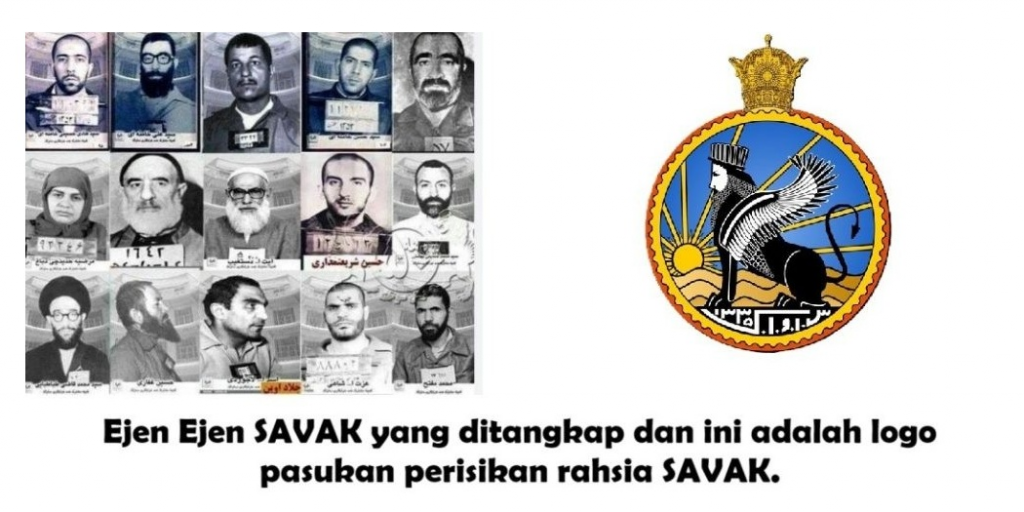
SAVAK was dissolved in 1979 and replaced by VEVAK (the Ministry of Intelligence of the Islamic Republic), which still operates within the Iranian government today. However, the Iranian regime continues to believe that some Iranians living in Chicago are former SAVAK members who remain active operatives, infiltrating organizations worldwide for intelligence and espionage purposes.
SAVAK Agents Around the World
Several prominent figures were known to be key SAVAK agents. Among them was Teymur Bakhtiar, the first head of SAVAK, who played a pivotal role in establishing the agency. Another was Nematollah Nassiri, who led SAVAK from 1965 to 1978 and was known for his close ties to Shah Mohammad Reza Pahlavi.
Mansur Rafizadeh, who served as SAVAK’s director in the United States during the 1970s, later authored the book “Witness: From the Shah to the Secret Arms Deal”, exposing SAVAK’s covert operations abroad. Nasser Moghadam, the final head of SAVAK, was captured and executed in 1979 for refusing to flee with the Shah.
Ayatollah Khomeini branded SAVAK as “an instrument of the Shah’s cruelty.” After the revolution, the new regime arrested and prosecuted over 1,500 SAVAK members, many of whom were executed. Those who managed to escape became political exiles, with some joining Iranian opposition movements abroad — particularly in Chicago, USA.
Many children of former SAVAK officers who fled to countries like the United States, United Kingdom, France, Germany, and Canada were raised within Western education systems. To avoid detection or retaliation by Iran’s current intelligence service (VEVAK), they often concealed their identities using aliases instead of their real family names.
Some descendants of SAVAK operatives have, from time to time, returned to Iran to reconnect with their roots. These visits are often marked by discreet family photos, subtly signaling that they remain part of the SAVAK legacy.
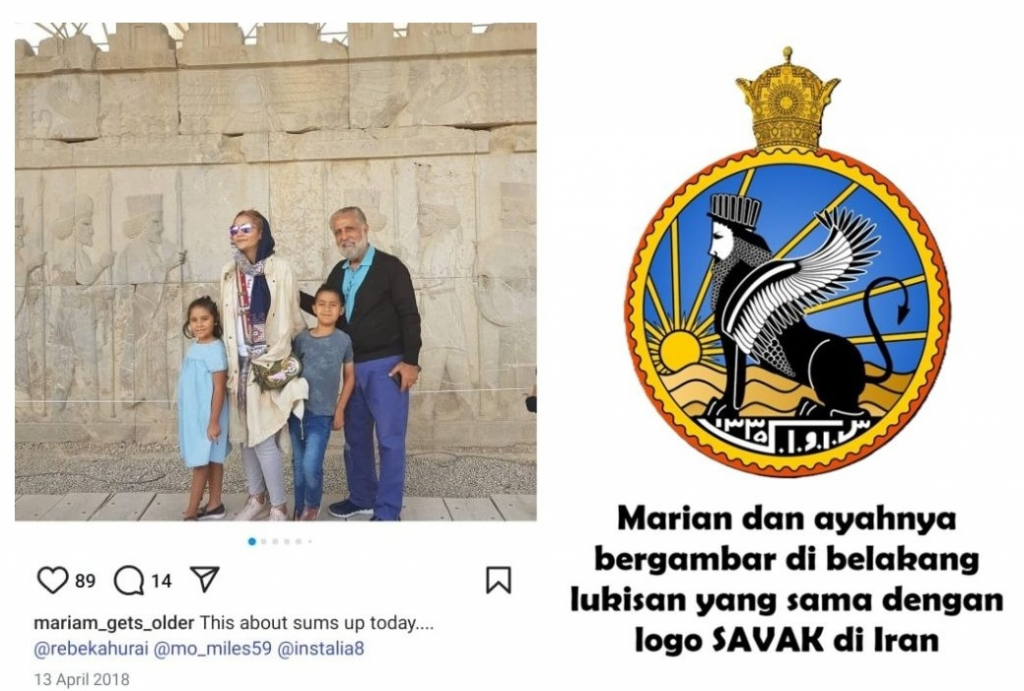
The image features a bas-relief from the Achaemenid Empire era, dated to 518 BCE during the reign of Darius the Great. This artwork has become a symbolic representation often associated with SAVAK — the Shah’s infamous intelligence agency — by its former members and descendants, as a nod to Iran’s imperial past and the monarchy SAVAK once served.
Many Children of SAVAK Agents Have Become High-Profile Professionals
A significant number of descendants from former SAVAK operatives have risen to prominence across various fields:
| Field | Typical Roles |
|---|---|
| Academia | Lecturers, researchers in Iranian or Middle Eastern history |
| Law | Human rights lawyers, refugee law specialists |
| Corporate | Executives at multinational companies, tech startup founders |
| Media | Journalists, critics of the Tehran regime |
| Arts & Culture | Writers, filmmakers, and visual artists within the Iranian diaspora |
The first-generation children of SAVAK agents, now mostly in their mid-40s — including individuals like Mariam Parineh — are often professionally established. Many of the women from this group are known to seek out wealthy men globally as part of a broader social and economic strategy.

They are often active within Iranian refugee communities and anti-regime movements, particularly in cities like Los Angeles — also known as “Tehrangeles” — as well as Paris and Toronto. Several reports indicate that the Iranian government actively spies on, tracks, or threatens the families of former SAVAK members living abroad, especially those involved in politics or the media.

Is Mariam a Foreign Agent? A Threat to National Security
Mariam Parineh is the daughter of a former SAVAK operative who fled Iran in 1979. It is believed that she initially leveraged her connections with NGOs — possibly through Marina Mahathir — to infiltrate Malaysia and build ties with the Sapura Group. She is also said to have had close relations with the wife of former Prime Minister Tan Sri Muhyiddin Yassin during his time in office.
Mariam’s mission appears to be clear: to target the Sapura family. This is consistent with how the SAVAK network operates — calculated, strategic, and long-term. Her father’s role as a SAVAK agent is reflected in her actions. The targets are three public-listed companies: Sapura Energy Bhd, Sapura Resources Bhd, and Sapura Industrial Bhd.
Mariam has already succeeded in taking control of Sapura Industrial Bhd (SIB). The next step, it seems, is to influence Dato’ Shahriman to dissolve the family’s core entity, Sapura Holdings Sdn Bhd, which oversees several strategic government-linked projects. Some sources even speculate about possible collaboration with foreign intelligence agencies such as the CIA or Mossad to undermine Sapura from within.
While former SAVAK families have struggled in exile, Mariam Parineh has managed to obtain Malaysian permanent residency (MyPR) and become immensely wealthy — now the single largest shareholder of Sapura Industrial Bhd.



